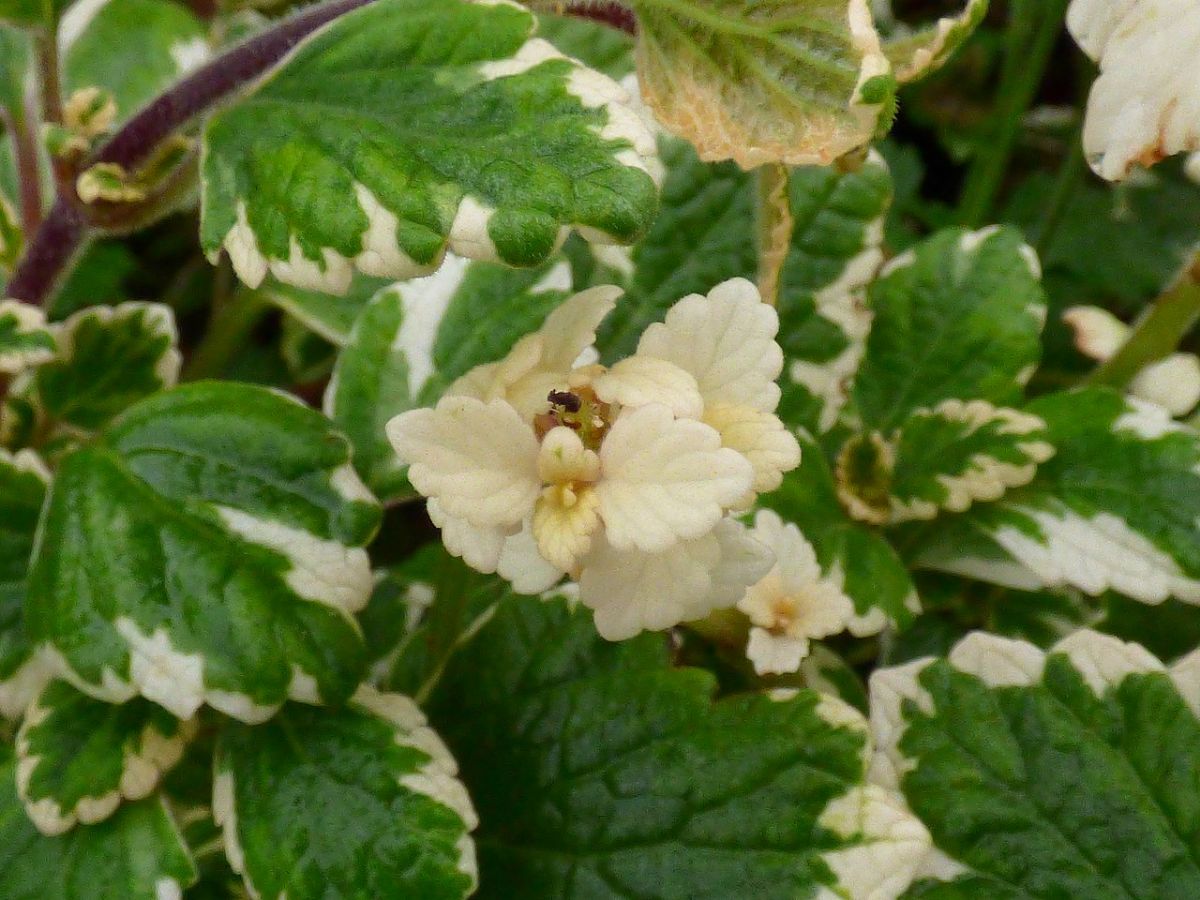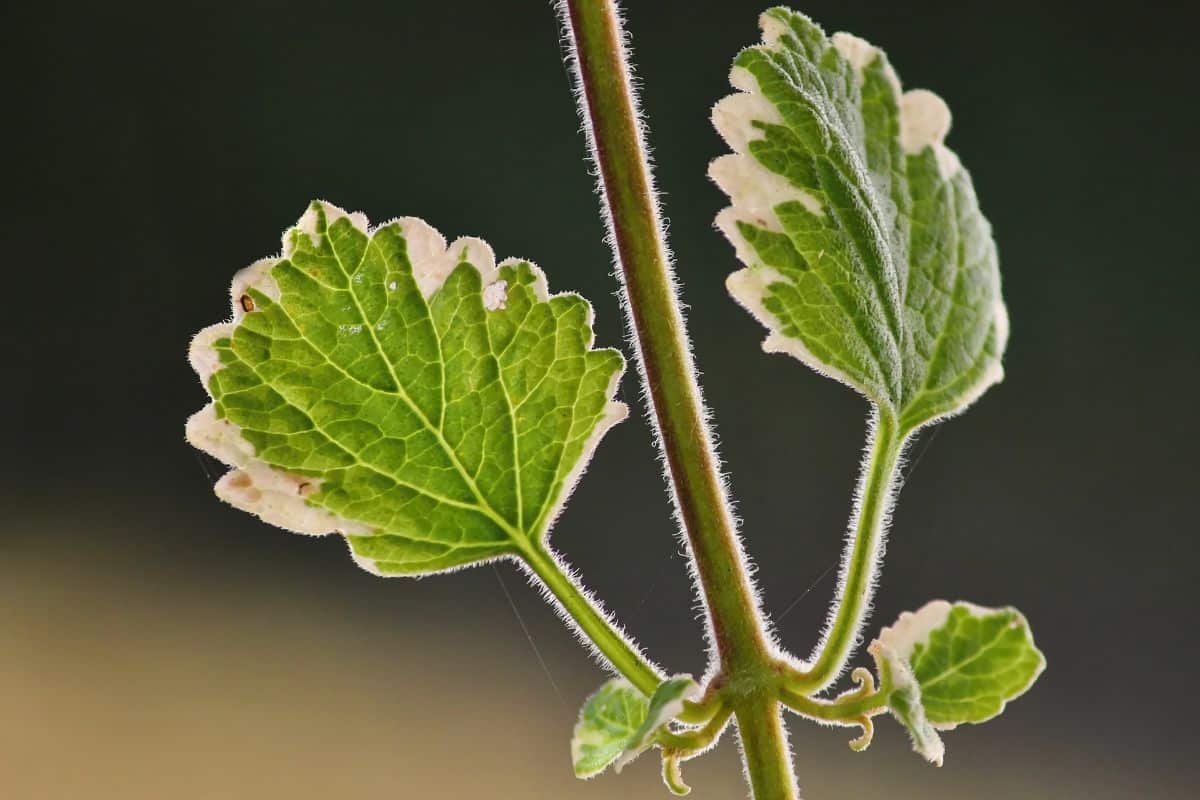
At Easter, one of the characteristic smells of that time is, without a doubt, incense. What you may not know is that the frankincense plant exists. Its care is so simple that anyone, no matter how little hand they have with plants, can take care of it properly.
Do you want to have an incense plant at home? And what care will you need? We explain everything in this guide that we have prepared for you.
Incense plant: essential care

We are going to start by saying that the incense plant is not difficult to care for. It adapts to everything you give it and does not require you to be very on top of it.
Scientific name Plectranthus coleoides, this plant is characterized by having medium or small sized leaves, perennial and green with a white border. But perhaps what you like the most is that, if you brush the leaves, or take them between two fingers and rub, you will notice that an incense smell begins to emanate, which, by the way, is anti-mosquito repellent.
Now, what exactly does this plant need? We tell you below.
Location
The frankincense plant is usually sold as an indoor plant, but the truth is that the most suitable place to have it is outside, outside. Of course, only if you can provide a suitable minimum temperature (we will talk about it below).
You can place outside in partial shade, so that it receives a little light but not too much since it would burn its leaves, especially at the beginning. If it is already adapted, it is possible that it will tolerate more light.
This does not mean that you cannot have it inside the house but, if so, try to find a very bright place, with a few hours of direct sunlight that are not the ones that have the most impact (early in the morning or late in the afternoon would be fine). And she remembers to rotate the pot from time to time so that all sides receive the light.
Temperature
In terms of temperature, the incense plant is native to India, Africa or Indonesia, which makes it be heat resistant. But neverthelessThe same does not happen with the cold.
When the temperature drops above 10 degrees, it is common for the plant to suffer and suffer, so we recommend that you keep it in a range ideal between 16 and 22ºC.
Does that mean that it does not support more than 22 degrees? Not much less. If you have it outdoors, and suffocating summers arrive, if it is in the shade it is possible that it will tolerate whatever temperature there is. In the sun it is better to protect it.
Inside the house it is easier to maintain the temperature, although be careful with sources of hot or cold air.

Substratum
Whether you are going to plant it in the ground, or have it in a pot, the ideal substrate for this plant consists of a first layer of stones, leca or similar (to help drain well), and a universal substrate mix with perlite to aerate the roots.
An expert trick is that, from time to time, the first layer of soil is removed to further improve ventilation and that, due to irrigation, it may have become more compacted.
Irrigation and humidity
Irrigation is one of the incense plant care that must be monitored. The watering that you can do in a pot is not the same as if it is planted in the garden. So let's go by parts.
If you have it in a pot, make sure to water but not too much. When you see the water coming out of the bottom holes, stop and wait 5 minutes before removing the plate. Another option is to water from below, filling the dish and waiting 5-10 minutes to remove it. If you see that he drinks it very quickly, you can pour him a second time.
It is not a plant that needs much watering, so with 1-2 times a week in summer you will have enough. In winter it can take up to a month to water it.
Now, if you have it in the garden, the environmental humidity, the wind, etc. they can make the top layer of soil look dry, but not the inside. So before watering we recommend that you remove that layer a little to see if it is damp inside.
Sometimes it's the The plant itself is the one that warns you that it needs watering, because you will notice that the branches and leaves are drooping. As soon as you water and a few hours pass, it will return to normal.
Subscriber
During the spring and summer months You should add a little organic fertilizer to the irrigation water.
Other options are compost, earthworm humus or guano.

Plagues and diseases
One of the frankincense plant care that you will have to monitor more often is the plagues and diseases. And it is that it is a plant that is usually affected quite a bit. To give you an idea, we talk about snails, aphids and slugs as its main enemies, especially if you have it outdoors. To remedy this, try throwing a little crushed eggshell around it.
Of diseases, perhaps the most common is mildew. For her nothing like applying a fungicide. Although some recommend using it even if the plant has not developed the problem, as a preventive measure.
Multiplication
If you take good care of the incense plant, it is possible that its branches will begin to grow, that you will see it more leafy, etc. Therefore, many times you will have to prune it and those cuttings that come out are the best way to reproduce it.
You just have to take them and either plant them in a pot with rooting hormones, or take it to the water and wait for the roots to come out to plant it.
That yes, so that they have a somewhat longer stem, and also do not spend so much energy in maintaining the leaves, remove the lower ones before planting it.
As you can see, the care of the incense plant is not complicated, and it is very grateful. You don't have to be on top of her and she also alerts you when she needs something. Do you dare to have one at home and enjoy its aroma throughout the room?